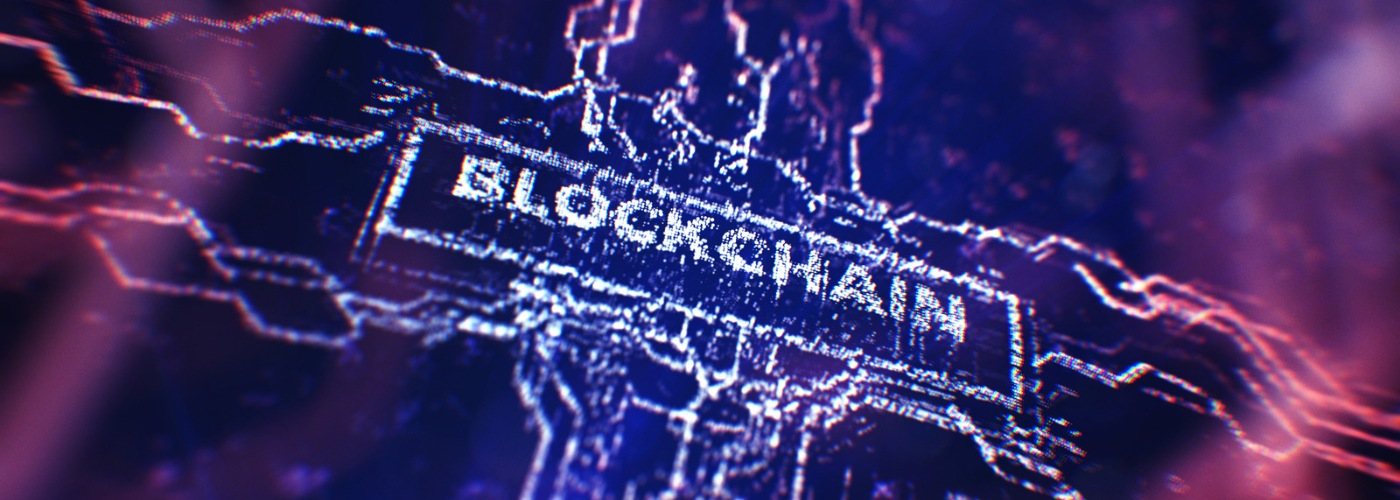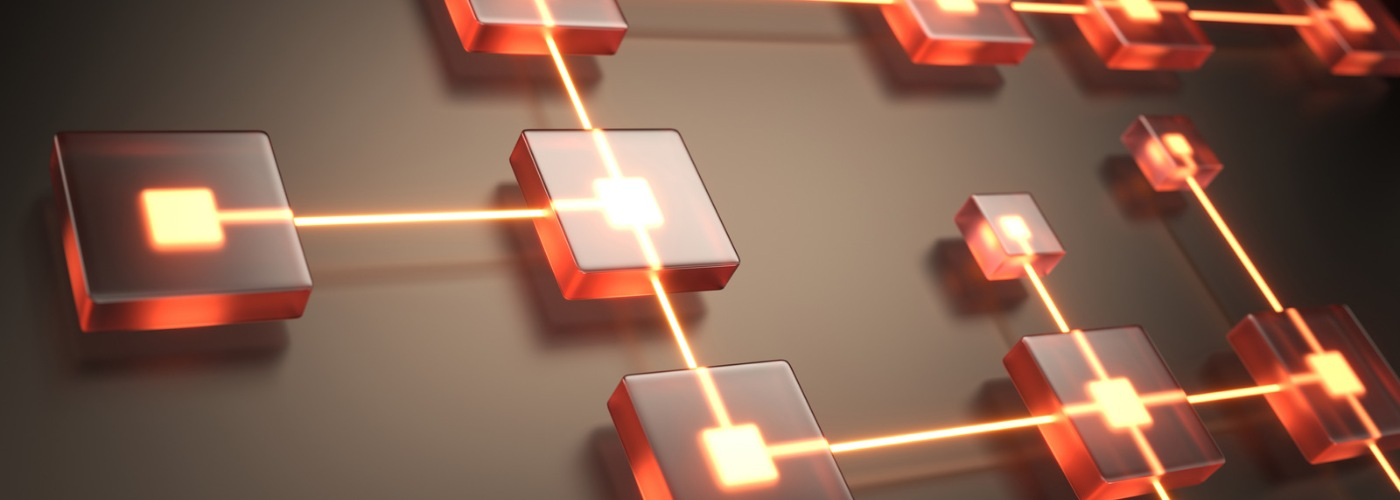What is a layer 1 blockchain

Description
Layer 1 is a blockchain architecture term for a network providing the infrastructure and consensus for layer-2 projects built on top of it. Learn about everything from our article.
The structure of blockchain and the interaction of different networks is very diverse. Now the crypto development market offers a large number of different technological solutions for the use of Internet networks. However, at the beginning of this development, there was one key concept on which all crypto market objects were based - it was layer 1 blockchain. Therefore, it is important to understand layer 1 blockchain as the basis for the entire industry.
What is layer 1?
Layer 1 (c1) blockchain is the basic structural solution of layer 1 blockchain, a blockchain in a decentralized system. It is a standard technology offering that can form the basis for other projects or remain a stand-alone product. Classic examples of L1 are Bitcoin, Ethereum, Solana, Binance Smart Chain, and so on.
In essence, L1 is best thought of as one of the segments of the blockchain pyramid: where level 0 is the network itself, level 1 is the blockchain with all the transactions being conducted inside, level 2 is the autonomy of transactions, and all levels above are the applications created in the blockchain.

Why Do You Require Layer 1 Blockchain?
Cryptocurrencies have been around for over 13 years. In that time, the development of blockchain technology has come a long way. From the first cryptocurrency, Bitcoin, to over 30,000 tokens and digital currencies, new services, features, and services.
The classic solution began to feel technical problems and a high workload as the industry developed. This hindered the development of the industry, and new offerings like Layer 2 Blockchain appeared.
However, the very idea of Layer 1 Blockchain is still relevant. It is the underlying technology, the foundation for all ecosystem products. It provides processing and recording of crypto transactions, a high level of security, an entire stage of transaction creation, block sequencing, and its own native cryptocurrency.
Layer 1 scaling.
Do you know what the blockchain trilemma is? Adepts of digital currencies have embraced three qualitative indicators of the network as the gold standard of blockchain:
- Decentralization
- Scalability
- Security.
The developers of Layer 1 seek to maintain a balance between these parameters and create a universal blockchain that is both secure and highly decentralized, and scalable.
Security is the continuity of the blockchain and the impossibility of external influence on the blockchain, decentralization is the maximization of control nodes in the network, and scalability is the capacity of the blockchain to conduct a certain number of transactions in a period (or in a single block that is created).
Due to the fact that it is very difficult to combine all three of these qualities, this is one of the key challenges for the developer. In first-tier blockchains, there is usually more emphasis on decentralization and security, while scalability remains at a lower level. This may be due to the ability to scale up through sadchains and L2s. And security and decentralization are harder to delegate to other areas.
Layer 1 vs. Layer 2: What are the main differences
The development of cryptocurrencies and the volume of transactions performed have expanded the original blockchain to a size that has made transactions more complex. That is, the idea of decentralized value transfer continued to exist and be in demand by investors, but because of this demand, the pressure on the blockchain network increased. So much so that transactions either required large fees or were delayed in time. At this point, with the concept of Layer 1 came the concept of Layer 2.
What are the differences between Layer 1 vs. Layer 2?
It is not really appropriate to compare the two networks. Classically speaking, Layer 1 is the basic underlying blockchain model that technically enables transactions and creating new blocks. It is a decentralized network with computing power distribution among multiple miners' nodes. Layer 2 is not another blockchain, and it is a superstructure on top of the basic blockchain network, a parallel network with a different distribution of node rights and scaling.
There are several types of Layer 2:
Sadchains:
This is a blockchain independent of the main network, with its own validators and chain of transactions that are not duplicated in the main network.
Government Channels:
This is the type of Layer 2 in which a set of transactions are collected in a common pool, sent to the Layer 2 chain, all transaction actions are completed there, and the final response is sent to Layer 1, where it is recorded in the blockchain.
Rollups:
This is the process of building a transaction exchange between Layer 2 and Layer 1, in which 2 operations in Layer 2 are assembled into one and sent to Layer 1 to be committed.

Lightning Network
One of the best-known Layer 2 solutions is the Lightning Network. It is a special extension for the Bitcoin blockchain to make it more operational and faster.
From the inception of Bitcoin to 2016, the blockchain of the first cryptocurrency grew several thousand times. At the same time, the quality of transactions suffered. Josefo Poon and Thaddeus Drieu came up with the Lightning Network precisely for this purpose. It is the Layer 2 solution to the Bitcoin blockchain. The Bitcoin Lightning Network solves the following problems:
- Scaling (significantly increasing blockchain speed and reducing the cost of fees);
- Reducing electricity costs and transaction history storage space (blockchain maintenance had become too expensive and required a large economic infusion);
- Smart contracts appeared (previously, it was impossible to perform complex crypto processes and create crypto objects in the Bitcoin blockchain using them).
- The use of the Bitcoin Lightning Network is especially convenient for the mass implementation of cryptocurrency in private use. El Salvador, the first country to adopt cryptocurrency as a state currency with the proviso that all transactions will be conducted through the Bitcoin Lightning Network, could be such an example.
What are the Limitations of layer 1 blockchain?
Let's talk about the problems of blockchain. The emergence of Layer 2 was not a surprise. The accumulated technical bugs and workload required developers to find a solution. Basically, the main culprit behind the transformation from Layer 1 to a more complex tiered blockchain system was decreased transaction speeds and increased fees for using the network. This was especially true for networks with the Proof-of-Work mining algorithm, characterized by multi-step verification of all transactions conducted.
Types of Layer 1 Blockchain Solutions
How to solve Layer 1 blockchain problems. There are several approaches to scaling today.
The first is to switch the entire network from the Proof-of-Work algorithm to Proof-of-Stake. This will help fundamentally increase the number of transactions per second (TPS) while reducing transaction fees. However, this is a very time-consuming process.
The second: sharding. This is the process of splitting a common transaction database into several, with certain processes localized in only one shard. This allows handling many transactions in parallel instead of stretching the process in time.
All scaling solutions in layer 1 networks are usually implemented through a complex hard-fork or soft-fork network branching.
Consensus Protocol
What is a consensus algorithm? It is a chosen tactic for allocating computing power in a blockchain network, aimed at finding the right solution and equality for all participants in the network.
A consensus protocol, in other words, is a blockchain charter. It determines the influence and capabilities of a particular node in the network and the overall degree of security.
What is Layer-1 Sharding?
Sharding has become one of the most popular solutions to the Layer-1 scaling problem. Many networks have agreed to split the flow of transactions into pieces and distribute that workload among different blockchain participants.
The most famous practical transition and public process for solving problems in the blockchain is Ethereum. Founder Vitalik Buterin announced the transition to Proof-of-Stake and the introduction of sharding as a conceptual solution for scalability a long time ago.
The Merge stage already took place on September 15, 2022. After seven years of hard work by developers, the second most capitalized cryptocurrency has switched to the Proof-of-Stake consensus algorithm.
The implementation of sharding is planned in The Surge Fork in 2023, which will enable the blockchain to be divided into parts ("shards") to increase the scalability of the network.
Benefits of Layer 1 In Blockchain Solutions
Why don't all blockchains create their updated forks or move to layer 2? There is an explanation for this. As we said, developers always try to solve the blockchain trilemma in their projects. Maintain an optimal balance of network security, decentralization, and scalability. Tier 1 blockchain, in this case, solves this trilemma in the best sense. It is a model in cryptography, as close as possible to Satoshi Nakamoto's idea.

Top 10 layer 1 blockchain: the most interesting examples
Elrond
A representative of the layer 1 network. Blockchain launched in mid-July 2020, with a claimed transaction speed of up to 263,000 transactions per second. A Secure Proof-of-Stake (SPoS) consensus algorithm and a sharding load balancing system are implemented.
The network is divided into several parts (shards) with load sharing and a group of validators assigned to this part.
MultiversX native token EGLD, issue size at time of writing is 25.19 million tokens, market capitalization is $1,066,238,842.
Harmony
Another example of blockchain is the Harmony network. The developer company was founded in 2018, but the main blockchain network only launched in 2019. It uses a sharding system and a proprietary Effective Proof-of-Stake (EPoS) consensus algorithm to achieve high throughput.
There is a native cryptocurrency called Harmony (ONE). The issue at the time of writing is 13,164,425,504 ONE coins, with a market capitalization of $264,352,137.
Celo
Celo is a Layer-1 blockchain payment platform for mobile devices that allows you to transfer and receive cryptocurrency by phone number. It was created with the participation of large funds like Andreessen Horowitz (a16z), Coinbase Ventures, Polychain Capital, Electric Capital, SV Angel, and others.
There was a case of blockchain suspension on block #14 035 018. However, as the team later reported, user funds were safe.
Celo native token (CELO). Issue - 491,531,934 CELO coins with a maximum offering of 1,000,000,000 CELO coins, market capitalization - $288,584,184.
THORChain
Crosschain Asset Exchange. THORChain allows you to switch between any assets from your wallet.
Large owners of a native THORChain token called RUNE (from 1 million RUNE) can become nodes. They make the system secure and get 33% of its revenue.
It's worth noting that THORChain was created completely anonymously, and its developers believe that publicity could undermine the decentralization of the project.
The RUNE token is a native THORChain coin.
Kava
The development company began building the blockchain back in 2017, with a full-fledged launch in late 2019. The investors were well-known venture capital funds and market players: Arrington XRP Capital, Lemniscap, Digital Asset Capital Management and Hard Yaka, Ripple Labs, and Huobi Capital.
KAVA uses the Proof-of-Stake consensus algorithm.
Native cryptocurrency: Kava (KAVA). The issue at the time of writing is 456,985,933 KAVA coins with unlimited issue volume. The market capitalization is $387,953,536.
IoTeX
The original decentralized blockchain combines two technologies - the Internet of Things IoT and cryptography. The project was created in 2017. It uses the Proof of Stake (PoS) consensus algorithm.
The project currency is IoTeX (IOTX). It has a circulating supply of 9,448,763,702 IOTX coins and a maximum supply of 10,000,000,000 IOTX coins. Market capitalization at the time of writing is $229,416,522.
BNB
Binance Smart Chain is a blockchain launched by the Binance exchange in 2019. It provides high throughput and the ability to create smart contracts with different purposes.
It uses a kind of PoA consensus algorithm - Proof-of-Staked Authority (PoSA).
Binance Smart Chain native token is BNB, one of the largest cryptocurrencies in the world. The issue is 157,889,295 BNB coins at the time of writing. There is no maximum supply.
Solana
Another major blockchain on which a large number of popular projects are based. Solana concept was created in 2017, and Solana Labs in 2018. But the blockchain did not start working until 2020 in a test network.
Analyzing Ethereum's mistakes, Solana developers launched the blockchain at once on Proof-of-Stake. The throughput reaches 50,000 TPS. Solana's native currency (SOL). The issue at the time of publication of this article is 384,028,765 SOL coins and the max. supply is not available. Market capitalization is $7,667,829,696.
Shardeum
Another example of another Tier 1 blockchain is Shardeum. Like BSC, it is an EVM-compliant "segmented" Tier 1 blockchain that supports smart contracts and the creation of Dapps. It is only scheduled to go Mainnet in the second quarter of 2023
Shardeum (SHM) is the project's native token. The total issue is 508,000,000 SHM, but it is not publicly traded yet.
How does the use of blockchain layer 1 affect India?
It may seem to some that blockchain should be territorially adaptive and reflect contingent national characteristics. However, this is not true. Blockchain layer 1 is international, available anywhere in the world, and has no borders. Look for yourself: can't a crypto investor from India use Solana? Or a New Delhi resident can't send a transfer to Mumbai? Of course, he can.
Innovations are constantly underway, and there is a probability that the optimal solution for blockchain trilemma and preservation of basic principles will be created soon.
Conclusion
The layer 1 blockchain list can go on for a long time. Despite the problems at the moment, no crypto solution can be implemented without the underlying technology. That's why examples of projects with blockchain layer 1 are in the top cryptocurrencies.